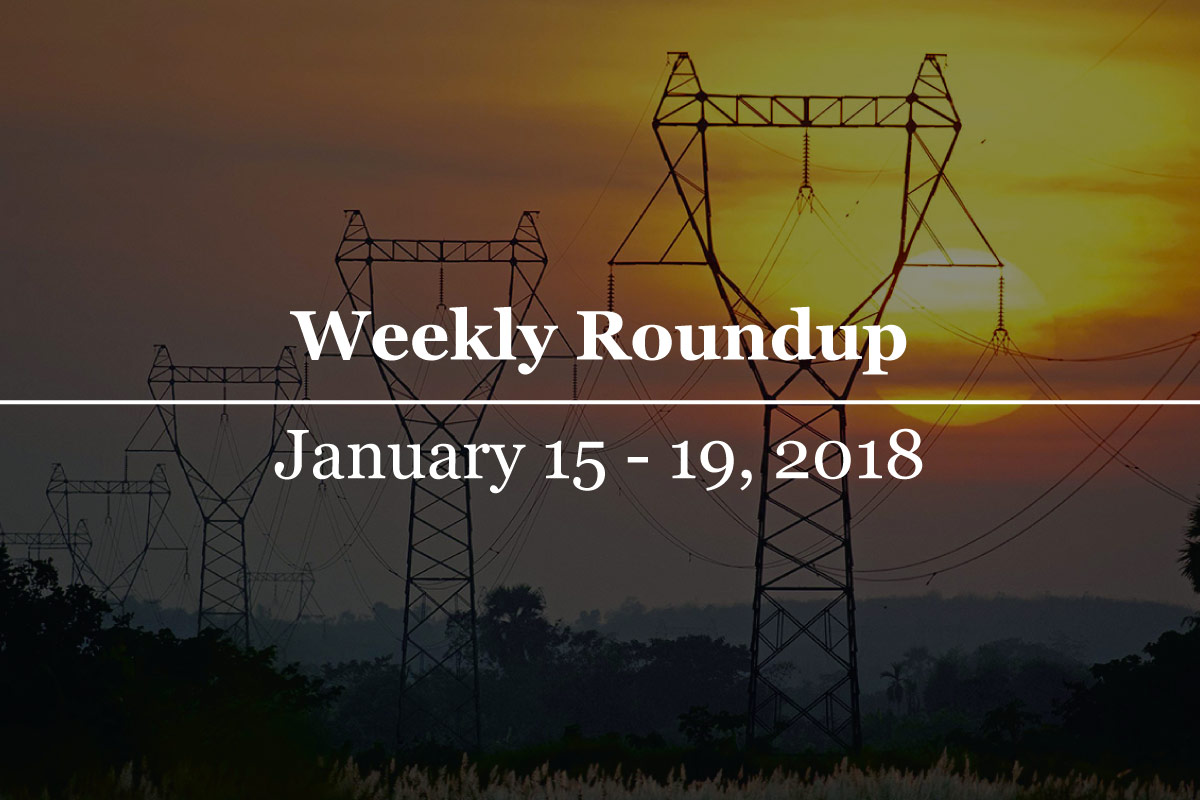Spotlight on energy
This week, The ASEAN Post highlighted some challenges that ASEAN is facing in terms of deploying renewable energy and electrification throughout the region.
As the region’s energy demands grows, countries such as Myanmar are moving forward in order to quench the thirst for electricity. A recent report has also revealed that government inefficiencies often hinder the development of the energy sector in Myanmar.
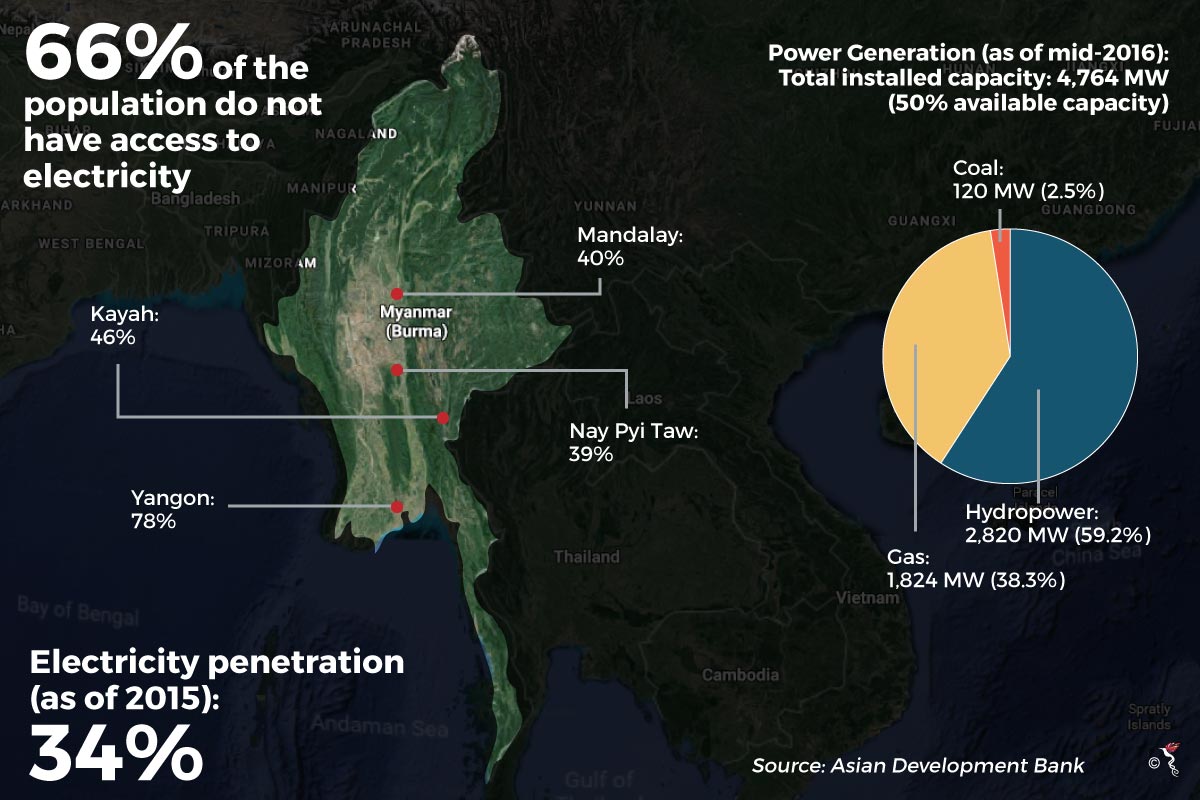
Economic watch
The Southeast Asian region will continue to surprise analysts and pundits on the upside, as 2018 continues to unfold. This bullish outlook on Southeast Asian economies was also down to recovering “domestic engines of growth” in the region.
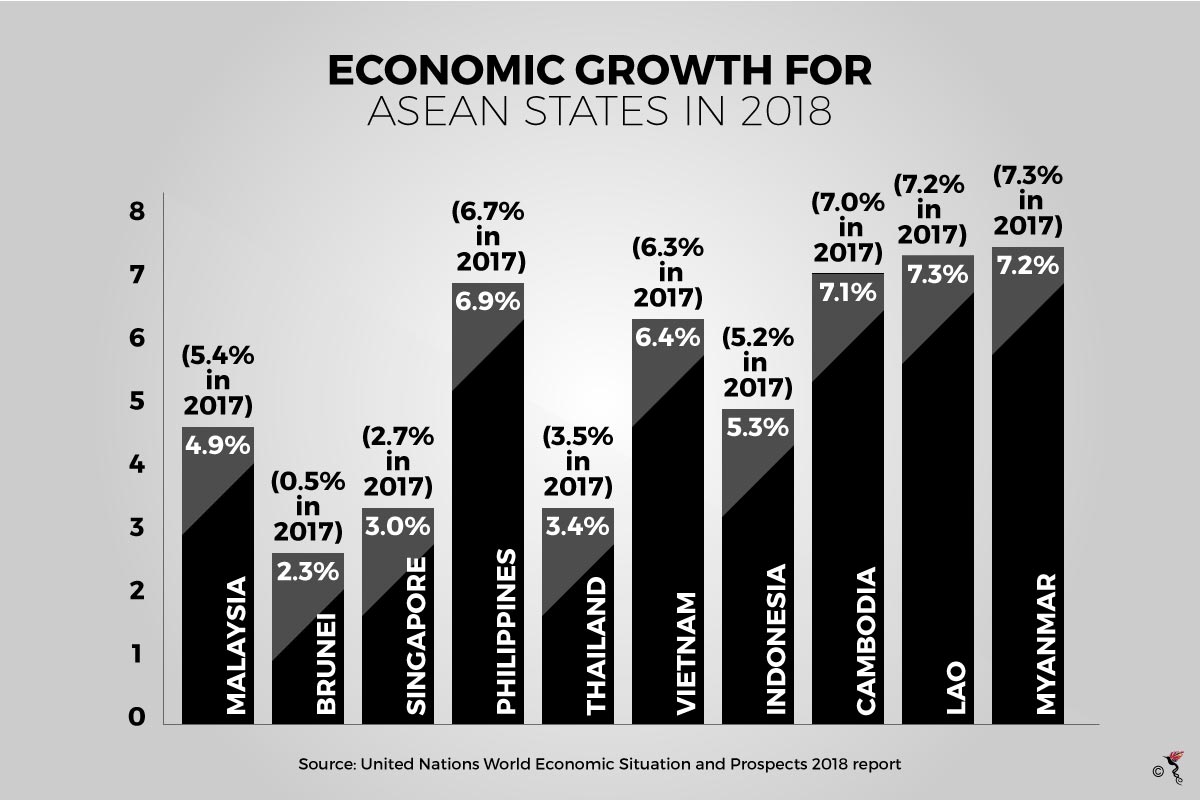
Cambodia, Lao and Myanmar, continue to enjoy growth projections in the 7 percent bracket as incomes continue to rise from relatively low bases. Besides that, Thailand will also see a positive economic outlook as a product of global trade recovery and a flood of tourists alongside a ramp up in infrastructure.
Future of the workforce
ASEAN has the third largest labour force in the world behind China and India. In order to make full use of this wealth of labour, ASEAN member states must do more to realise its economic ambitions.
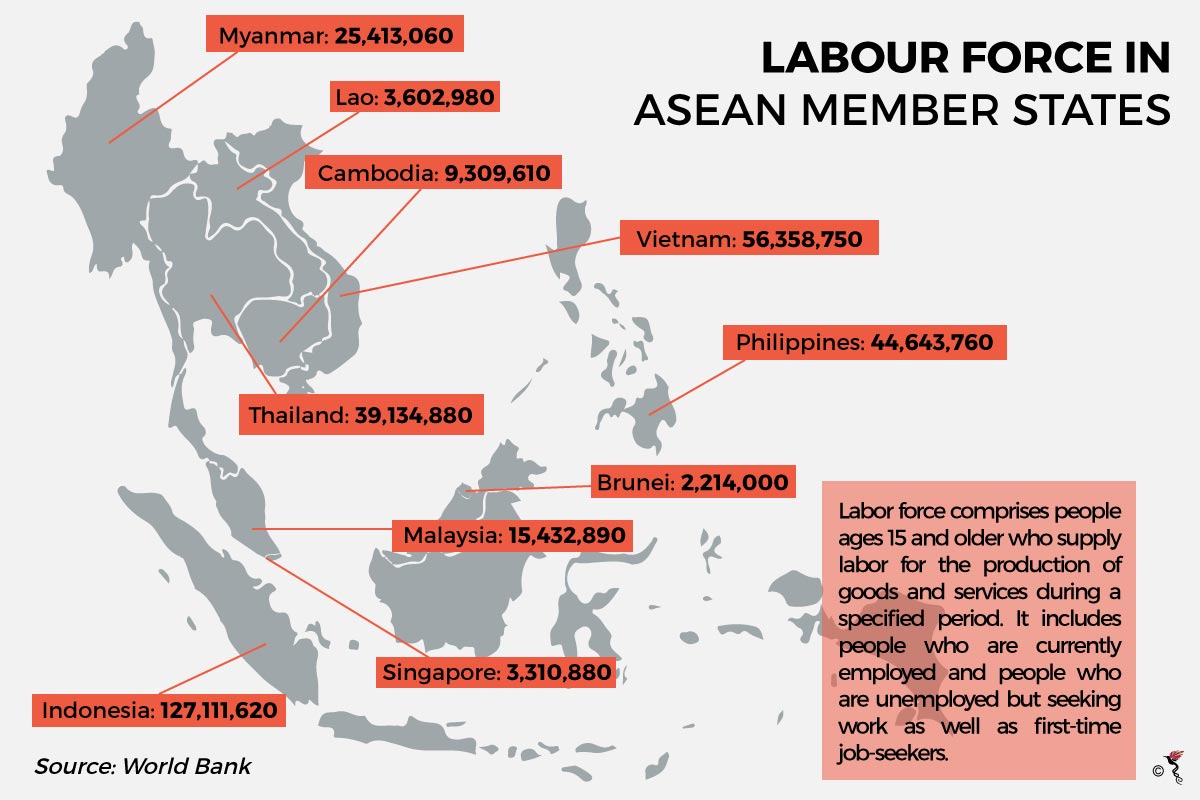
With the transition into a digital revolution, the future of the Southeast Asian workforce cannot be ignored. Digital technologies are said to further aid in the increase of sales, labour productivity and employment of highly skilled workers in the region.
Only when ASEAN develops its workforce, ambitions for greater regional mobility can be realised.
Advancements in technology
A new strategy that has been developed to sustain steady rice supplies in the region is the use of gamma rays to develop greater crop resilience against climate change. Isotope techniques, on the other hand, help to improve water management and fertiliser effectiveness in the planting of rice crops.
The ASEAN Post also tapped into the bitcoin trail by providing insights into the ineffectiveness of the technology with regards to money laundering.
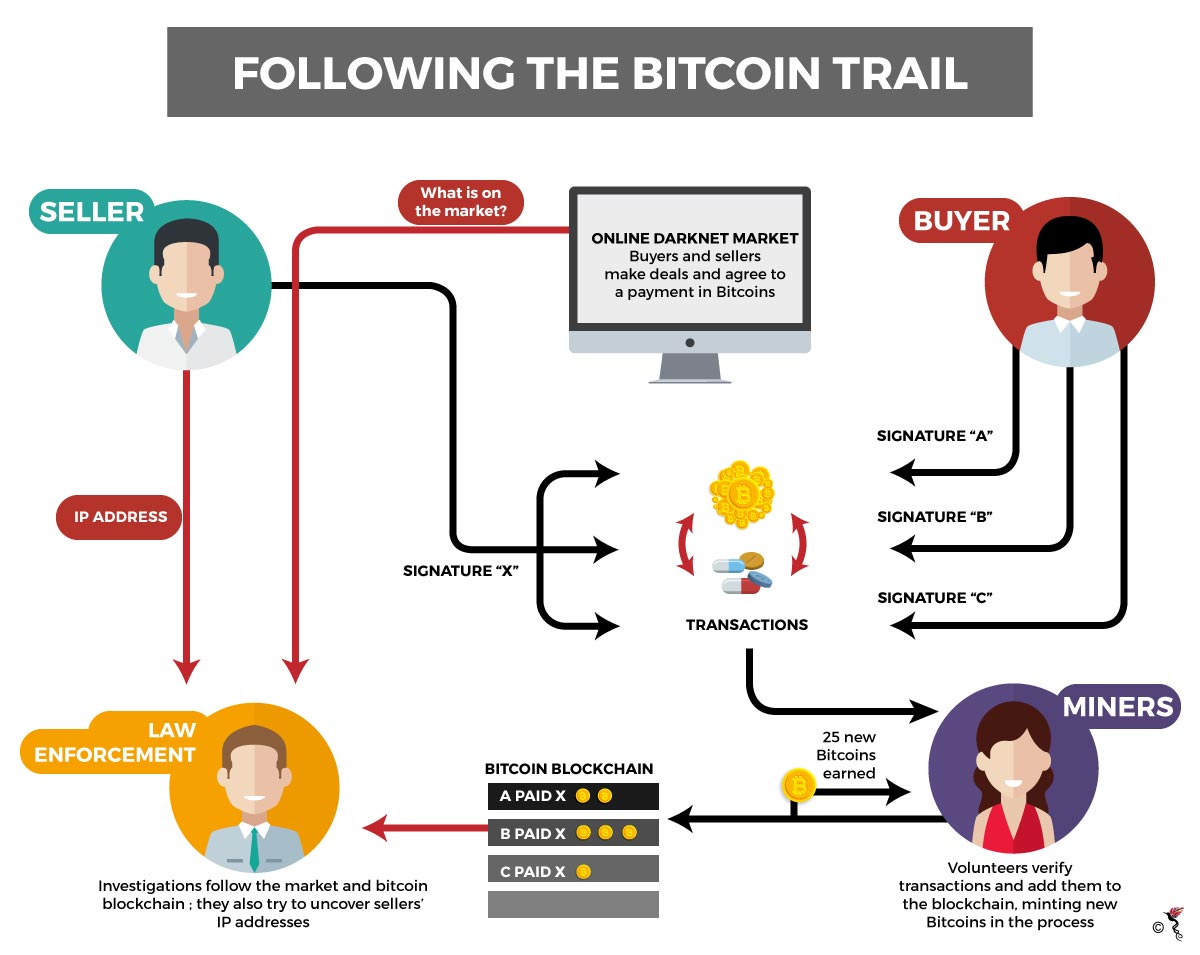
With increased digitisation of services these days, the talk about digital payments has grown. However, there is no one method for e-payment providers to achieve success in the region. Will ASEAN governments meet or exceed the standards of their foreign counterparts in employing digital payments in time to come?
Of geopolitics and dwindling democracy
Singapore, as chairman of ASEAN will go into the year with the foundations towards dispute resolution seemingly made. Last November, China and ASEAN formally announced the start of negotiations for a Code of Conduct (COC) in the South China Sea. As negotiations are slated to take place this year, ASEAN’s resilience will be put to the test; whether the organisation comes out unscathed is anyone’s guess.
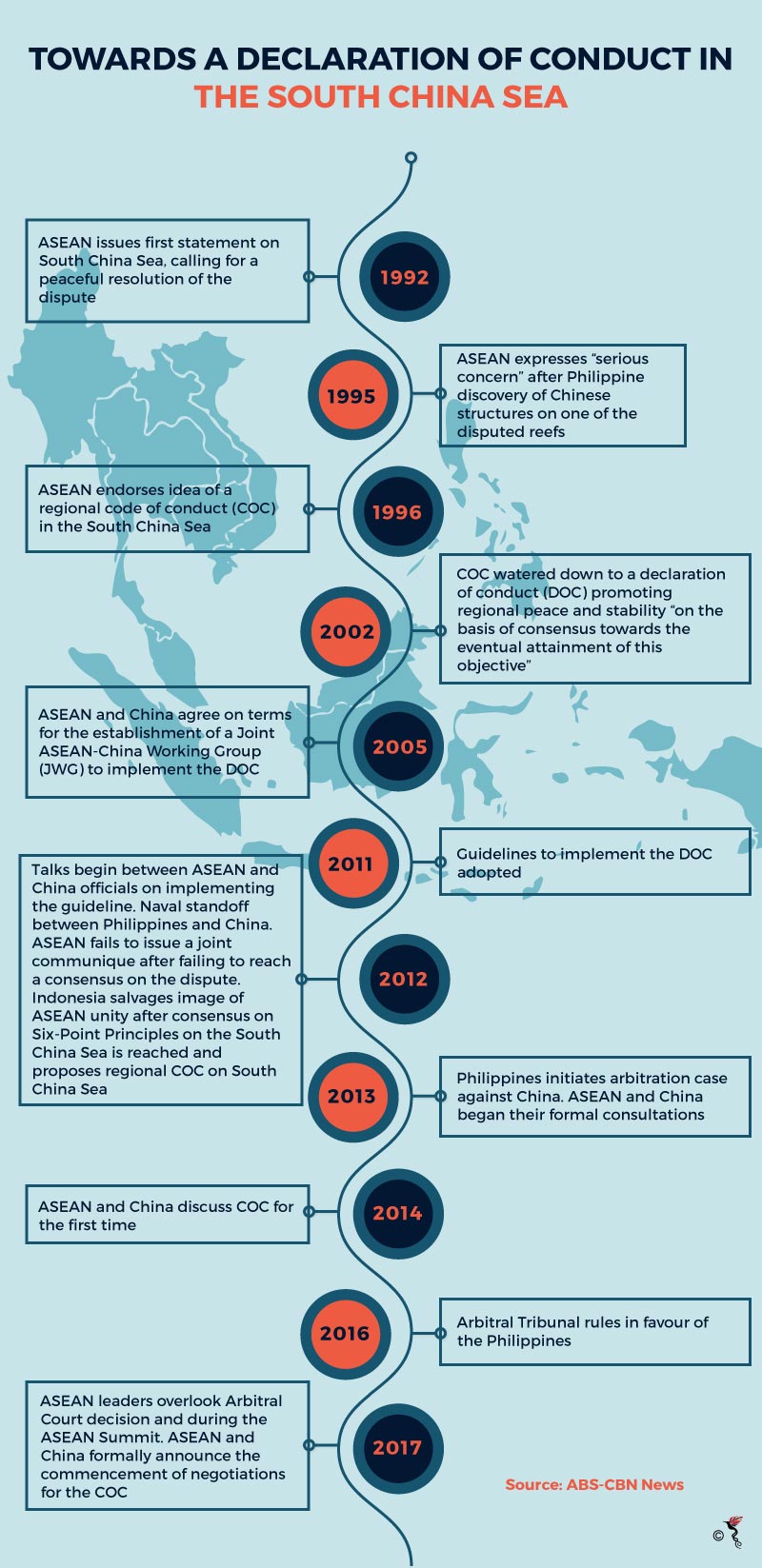
Based on a recent journalist death tally report by the International Press Institute (IPI), Philippines is the most dangerous country in Southeast Asia for journalists. 2017 alone has seen four confirmed journalists deliberately targeted under the rule of President Rodrigo Duterte.
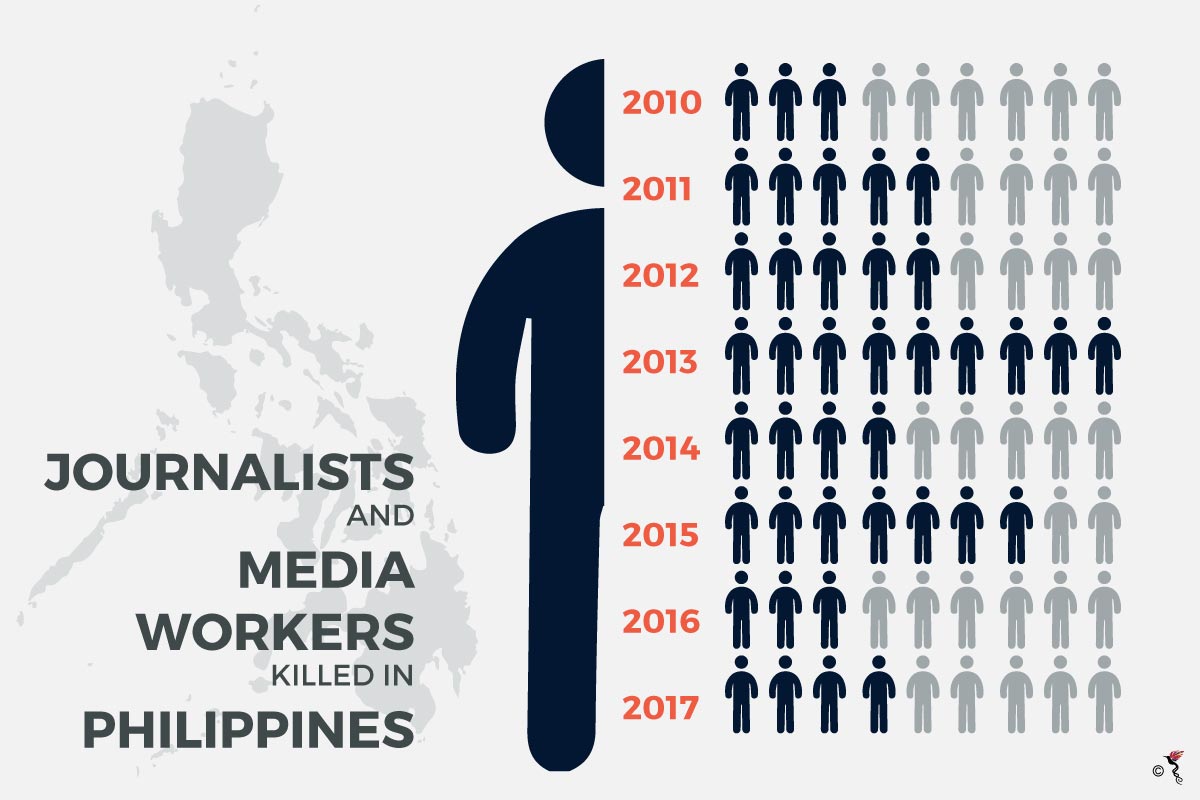
This week also saw Rappler, one of the most prominent independent news outlets in the Philippines - which aggressively investigated the administration of President Rodrigo Duterte for his violent, police-led campaign against drug users - has been called “fake news” by the Philippine president and is now facing government action that could force its closure.
Is democracy simply a myth in Southeast Asia?
Recommended Stories:
